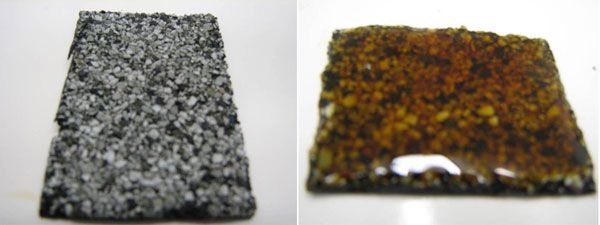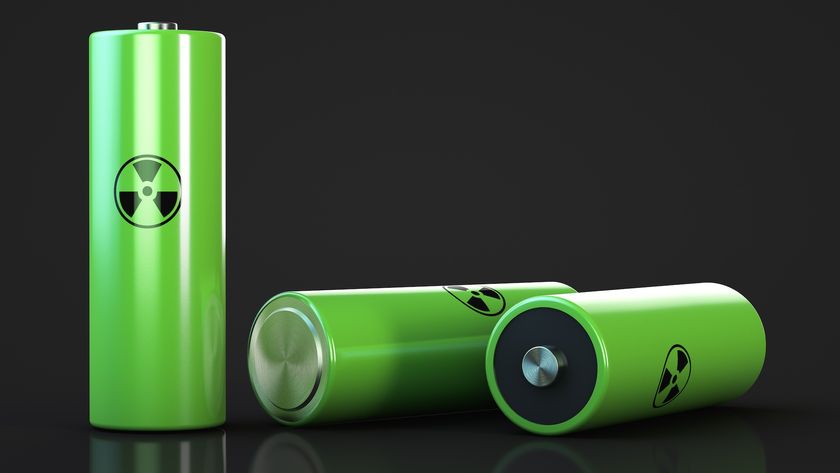'Smart' Roof Responds to Temperature, Saves Energy

A new material made from cooking oil could change your roof into a chameleon of sorts. Instead of changing the color of its skin, the roof coating morphs its optical properties – reflecting the sun’s rays on hot days and absorbing the rays when it’s cold.
The result: A roof that lessens the load on your home's heating and cooling systems.
The idea of using special building materials and coatings to reduce your utility bill, and the toll on Mother Nature, isn’t new.
But past "green" roofs were only made for one season. For instance, “cool” roofing, or white tiles that reflect the sun’s rays, help to cool your home on summer days. But those same cooling properties are counter productive during chilly winter days.
The new “smart” coating is made out of a cooking oil-based polymer – molecules strung together in long chains – that hardens into a plastic.
The key is a secret ingredient within the polymer that changes the coating's optical properties — but not its color — at a certain temperature, said Ben Wen, vice president of United Environment & Energy, a New York-based company developing the coating using a proprietary recipe.
"This bio-based intelligent roof coating, compared with a traditional cool roof, could reduce both heating and cooling costs as it responds to the external environment," Wen said in a statement.
Sign up for the Live Science daily newsletter now
Get the world’s most fascinating discoveries delivered straight to your inbox.
"It will help save fuel and electricity and reduce emissions of volatile organic compounds from petroleum-based roofing products. In addition, it will provide a new use for millions of gallons of waste oil after it is used to cook french fries and chicken nuggets."
Wen and colleagues tested out their concoction on asphalt shingles, finding it could reduce roof temperatures by about 50 to 80 percent in warm weather. In cool weather, the coating increased roof temperatures up to 80 percent compared with the traditional cool roof.
The coating will be available to consumers in three years at a price lower than the cool roof coatings available today, Wen said.
It can be applied to an entire roof top or individual shingles, and its color can be varied by tweaking its composition, he added.
Wen and his colleagues presented their development at the 239th National Meeting of the American Chemical Society (ACS) held in San Francisco last week.












